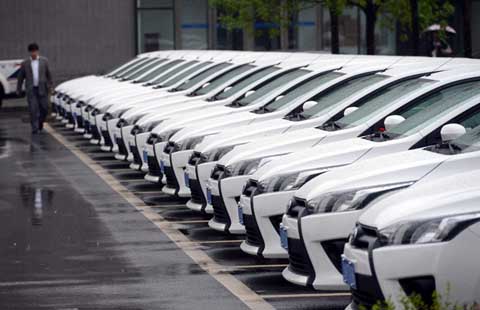More local govts 'may issue debt directly'
By Zheng Yangpeng (China Daily) Updated: 2014-05-20 07:01"This is the megatrend. The bond market, compared with other channels through which local governments have raised debts, is a much more regulated channel," he said.
In response to the 2008 financial crisis, many local governments undertook major spending projects to stimulate economic growth. To skirt rules barring local governments from borrowing directly, much of this was financed through special investment vehicles, commonly known as local government financing vehicles.
 |
Direct debt and guarantees issued by local governments had surged 67 percent to 17.9 trillion yuan ($2.89 trillion) by the end of June 2013, compared with 10.7 trillion yuan at the end of 2010, according to the National Audit Office.
The central government started a trial program in late 2011 to allow six provinces and cities to sell bonds directly. The bonds were still supported by the central government, as the Ministry of Finance continued to repay the principal and interest on the local authorities' behalf.
The original six cities and provinces (Shanghai, Shenzhen, Guangdong, Jiangsu, Zhejiang and Shandong) are reportedly included in the latest plan.
It's not clear whether the latest plan is an expansion of the previous pilot program, with the same terms, or a new model that means the central government won't repay the principal and interest the local governments' debt.
The Wall Street Journal said the new municipal bonds will be rated and investors will probably ask for higher yields because the local authorities will repay the debt themselves. The details couldn't be independently verified.
According to China's deficit plan for calendar year 2014, the total bond quota for local governments will be 400 billion yuan, up from 350 billion yuan in 2013.
- China-Russia ties gaining strength
- China’s headache in cutting forex reserves
- More Chinese companies choose US as destination to go public
- Liquidity concerns, housing prices hit equities
- Odd-even car ban to ease Tianjin pollution
- Poland to export dairy products to China, says minister
- Army procurement to lift domestic car brands
- Moving up the property ladder















